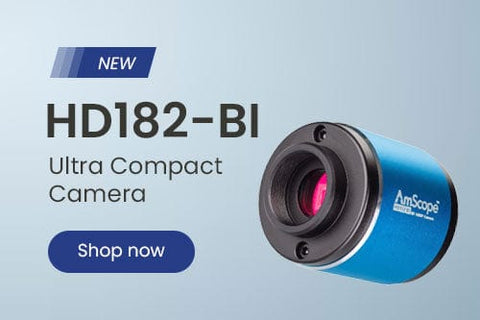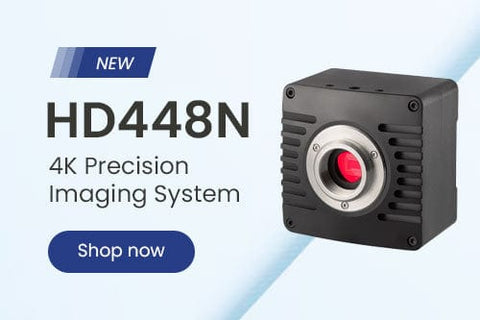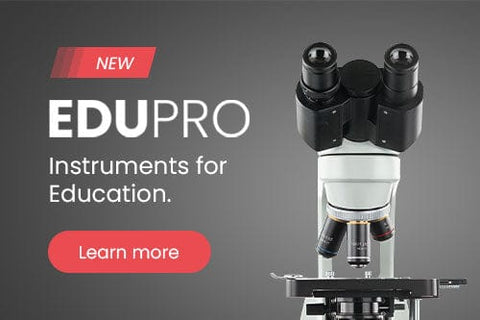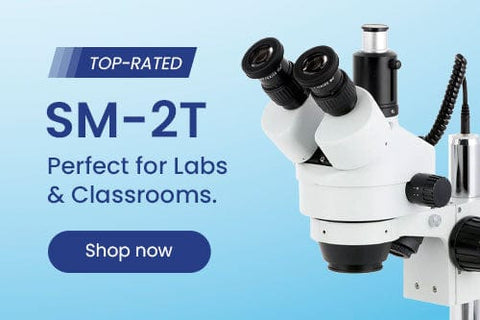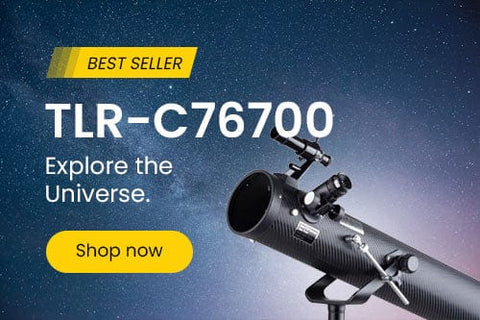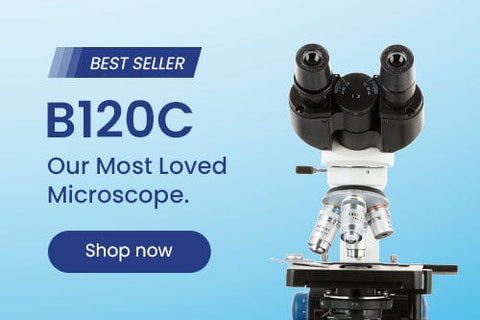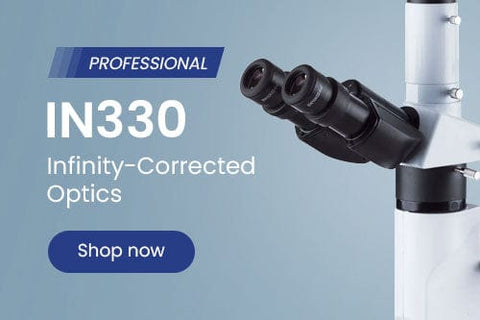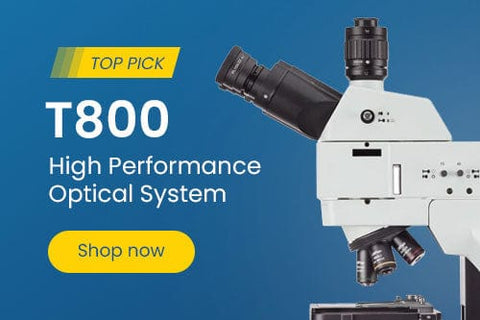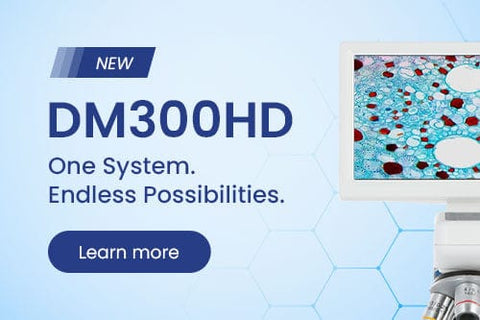- Microscopes
- Cameras
- Lab Supplies & Equipment
- Shop By Brand
- Lab Supplies by Category
- Analyzer Consumables
- Balances
- Bags
- Beakers
- Bench Scale Bases
- Bottles
- Bottletop Burettes
- Bottletop Dispensers
- Boxes
- Blank Microscope Slides & Cover Slips
- Blood Collection
- Caps
- Carboys
- Centrifuges
- Centrifuge Tubes
- Cold Storage
- Containers
- Cryogenic Vials
- Culture Tubes
- Cylinders
- Dispensers
- Digital Dry-Baths
- ESR Products
- False Bottom Tubes
- Flat Bottom
- Funnels
- Gel Documentation
- Glassware
- Glass Test Tubes
- Histology
- Homogenizers
- Hotplates-Stirrers
- Inoculation Loops and Spreaders
- Liquid Handling Products
- Manual-Electronic Pipettors-Pipettes
- Microscope Slides
- Overhead Stirrers
- Pipette Controller (Serological Filller)
- Pipette Tips
- Plastic Test Tubes
- PCR Tubes, Strips & Plates
- Racks
- Repeater Pipettor
- Rockers
- Rotary Evaporators
- Serological Pipettes
- Shakers
- Spectrophotometers
- Syringe Tips
- Sample Tubes
- School/Classroom Supplies
- Screwcap Test Tubes
- Self-Standing
- Test Tube Racks
- Test Tubes & Vials
- Transport & Storage Tubes
- Thermal Mixers
- Transfer Pipets
- Urinalysis
- Vacuum Pumps
- Weighing Dishes
- Lab Equipment
- Balances
- Bench Scale Bases
- Centrifuges
- Digital Dry-Baths
- Gel Documentation
- Homogenizers
- Hotplates-Stirrers
- Overhead Stirrers
- Pipettors
- Rockers
- Rotary Evaporators
- Shakers
- Serological Pipettes
- Spectrophotometers
- Thermal Mixers
- Vacuum Pumps
- Liquid Handling Products
- Manual-Electronic Pipettors-Pipettes
- Pipette Tips
- Racks
- Pipette Fillers-Controllers
- Repeater Pipettor
- Syringe Tips

Cost effective products and solutions designed to improve laboratory efficiency, safety and results.
SHOP BENCHMARK SCIENTIFIC >
- Slides & Accessories
- Slides
- Cameras
- Illuminators
- Adapters
- Eyepieces / Objectives
- Bulbs
- Magnifying Lamps
- Monitors and Tablets
- View All Categories
- Adapters
- DSLR Adapters
- USB Camera Adapters
- Ring Light Adapters
- Power Adapters
- Barlow Lens
- Books & Experiments Cards
- Bags & Cases
- Bags
- Cases
- Cameras
- Circuit Board Holders
- Cleaning Kits
- Condensers
- Darkfield
- Phase Contrast Kits
- Polarizing Kits
- Dust Covers
- Eye-Guards
- Eyepieces
- 20mm
- 23mm
- 30mm
- 30.5mm
- Filters
- Microscope Filters
- Illuminator Filters
- Fluorescence Kits
- Conversion Kits
- Filter Cubes
- Focusing Racks
- Fuses
- Illuminators
- Bulbs
- LED Illuminators
- Fiber Optic Illuminators
- Fluorescent Illuminators
- Ring Lights
- Stand Lights
- Goosenecks
- Gooseneck Attachments
- Immersion Oils
- Loupes
- Magnifying Lamps
- Clamp Lamps
- Desktop Lamps
- Rolling Stand Lamps
- Mechanical Stages
- Monitors and Tablets
- Calibration Slides & Stage Micrometers
- Stage Warmers
- Stain Kits
- Stands
- Articulating Arm Stands
- Boom Stands
- Table Stands
- Tweezers
- Other Accessories
- Shop By Industry
- Shop By Industry
- Botany
- Agronomy & Forestry
- Horticulture
- Phytopathology
- Chemistry
- Biochemistry
- Biotechnology
- Cannabis
- Pharmaceutics
- Consumables
- Beer & Wine
- Cosmetics
- Food & Beverage
- Electronics
- Circuit Boards & General Electronics
- Mobile Phone Repair
- Semiconductors & Wafers
- Environmental
- Asbestos
- Ecosystem Research
- Mud Logging
- Soil Treatment
- Water Treatment
- Forensics
- Ballistics
- Fingerprint Analysis
- Genetic Identification
- Hair & Fiber Analysis
- Handwriting Analysis
- Industrial
- Aerospace
- Automotive
- Dental Lab & Production
- Glass Industry
- Industrial Inspection
- Mechanical Parts
- Paper Industry
- Petrochemical
- Plastics
- Printing Industry
- Quality Assurance & Failure Analysis
- Textiles & Fibers
- Tool Making
- Wood Production
- Jewelry & Gemology
- Engraving
- Gemology
- Jewelry Repair
- Stone Setting
- Watch Repair
- Hobby
- Coins & Collecting
- Stamps
- Modeling & Assembly
- Sculpting
- Repair
- Telescopes
- Metallurgy
- Archaeology
- Geology
- Mining
- Petrology
- Medical & Microbiology
- Anatomopathology
- Bacteriology
- Biochemistry
- Cell Culture
- Cytology
- Dental Microbiology
- Dermatology
- Dissection
- Gout & Rheumatology
- Hair & Fiber Analysis
- Hair Transplant
- Fluorescence
- Hematology & Live Blood Analysis
- Histopathology
- Mycology
- Medical Devices
- Microsurgery
- Neuropathology
- Oncology
- Parasitology
- Pathology
- Semen Analysis
- Virology
- Veterinary & Zoology
- Breeding & Semen Analysis
- Entomology
- Fecal Smears & Floats
- Marine Biology
- Ornithology
- Veterinary Medicine
- Zoology
- Shop By Industry
- Students
- Telescopes
- Buy With Prime
- Sale
- Compound Microscopes
- Shop By Brand
- AmScope
- Euromex
- Omax
- Shop by Head Type
- Binocular
- Monocular
- Trinocular
- Multi-head & Training
- Shop By Specialty
- Brightfield
- Darkfield
- Phase Contrast
- Inverted
- EPIfluorescence
- Polarizing
- Digital Integrated
- Metallurgical
- Shop By Application
- Education
- Research
- Veterinary
- Compound With Digital Head
- Shop Best Sellers
- Shop All Compound
- Stereo Microscopes
- Shop By Brand
- AmScope
- Euromex
- Shop By Objective Type
- Fixed Power
- Zoom Power
- Single Lens
- Common Main Objective
- Shop By Stand Type
- Articulating Arms
- Boom Stands
- Gooseneck Stands
- Table Stands
- Other Stands
- Shop By Head Type
- Binocular
- Monocular
- Trinocular
- Simul-Focal
- Shop By Industry
- Video Inspection
- Industrial Inspection
- Microscope Heads
- Shop Stands
- Articulating Arm
- Boom Stands
- Table Stands
- Stereo With Digital Head
- Shop Best Sellers
- Shop All Stereo
- Specialized Microscopes
- Digital Microscopes
- Kids, Student Microscopes
| AmScope Blogs
Awesome Things To Observe Under a Microscope

Children are naturally curious and eager to explore their surroundings through experimentation. This works well for easily-visible objects, but when it comes to tiny details, they’ll need a bit of assistance in the form of microscopes.
Scientific equipment expands children’s learning opportunities to interact with science up close and personal. Students can use microscopes to view details of their surroundings, and educators can design fun kids' microscope experiments to encourage curiosity and foster an interest in science.
There are several different types of microscopes, but the two most popular — stereo microscopes and compound microscopes — are great for future scientists. These tools provide children with the opportunity to look at diverse objects and learn more about science and nature.
Things To Look at Under a Compound Microscope
What Is a Compound Microscope?
Popular in science classrooms, labs, and medical facilities alike, compound microscopes are powerful pieces of equipment with high magnification capabilities. A compound microscope examines small tissue samples or living microorganisms and has a high observation magnification that ranges from 40X to 1,000X. Compound microscopes are great for viewing details in blood cells, algae, bacteria, parasites, and other thick tissue sections. They are easy to use and handle, making them suitable for kids’ microscope experiments in schools, science clubs, and more.
Compound microscopes have two convex lenses — the ocular lens is found in the eyepiece, and the objective lens is close to (or under) the sample. These microscopes display two-dimensional images with detailed information about the sample. Compound microscopes are of various types. These are monocular, binocular, and trinocular, giving it a wide range of applications in different fields.
Compound microscopes are primarily used in large-scale laboratories and organizations with scientific backgrounds. They are great tools that can be used to identify diseases in pathology laboratories, for example. Adults use compound microscopes to collect and study forensic samples in laboratories, and this type of equipment is ideal for comparing human fingerprints. Additionally, compound microscopes are used to detect metals, study bacteria and viruses, and are commonly used in schools for teaching and learning purposes. These functions make this type of microscope a useful, well-rounded piece of equipment.
What Can Kids Look at Under a Compound Microscope?
Given its advanced application in the fields of research, healthcare, and forensics, it may seem like a complex microscope for children to work with. Luckily, compound microscopes can be very simple to use. Of course, this equipment will require your guidance to prepare samples and slides for kids' microscope experiments, but children will be able to view magnified images with ease.
The world of microscopy is fascinating for kids. Using a compound microscope, children in schools can learn about the different parts of a plant, how tiny living things move, and what different stages of metamorphosis look like.
The best way to design student microscope experiments is to offer a range of ordinary, everyday items that kids can view under a microscope. For example, kids can use a compound microscope to observe objects such as yogurt, flowers, leaves, eggshells, membranes, and insects. Kids can collect garden soil or pool water and, with help, prepare slides to observe the samples under the microscope. Tiny, near-microscopic animals found in pond water — like water bears and moss piglets — can be exciting for a child to observe under a compound microscope. Other ideas include body parts of insects like legs, heads, eyes, and hair.
Things To Look at Under a Stereo Microscope
What Is a Stereo Microscope?
Unlike high-powered compound microscopes, stereo microscopes are designed to provide low-magnification views of three-dimensional specimens. This three-dimensional view is made possible thanks to the different viewing angles of the left eyepiece and the right eyepiece. The light of a stereo microscope reflects off the sample's surface for the user to observe. Stereo microscopes have a low observation magnification of 0X to 100X. In some instances, the light can be combined with transmitted light, a feature that makes stereo microscopes quite versatile.
What Can Kids Look at Under a Stereo Microscope?
Kids can enjoy using stereo microscopes as they relate more to bigger specimens. Stereo microscopes are suitable for large opaque samples like coins, crystals, flowers, small animals, insects, and plants. This type of equipment provides a great way for kids and students to interact with nature.
For example, it takes a few seconds to properly set up a stereo microscope so that kids can gaze at the magnified head of a mosquito. You can prepare these specimens easily at home. Visit your backyard, collect a few plants, leaves, and objects lying around, and in no time, you’ll have things to look at with the microscope. The pantry is also a good source of samples. For example, kids can examine items like sugar crystals, seeds, fruits, and coffee beans.
The Difference Between Compound and Stereo Microscopes
While both types of microscopes offer plenty of curiosity-satisfying capabilities for children, the two microscopes have notable differences:
- Stereo microscopes have two separate optical paths for each eye, while compound microscopes have a single optical path.
- Stereo microscopes provide a three-dimensional image, whereas compound microscopes provide a two-dimensional image.
- Stereo microscopes typically use lower-power lenses, and compound microscopes use higher-power lenses.
- Stereo microscopes are typically less expensive than compound microscopes.
- Stereo microscopes allow viewing through the two objective lenses simultaneously, but in a compound microscope, only one objective lens can be used at a time.
Final Thoughts
If you are looking for a way to engage your kids with nature and science, a microscope is the perfect solution. They are excellent educational tools for kids, and both types of microscopes come with their own benefits. A stereo microscope is perfect for larger objects like leaves and flowers, while a compound microscope can be used for moss piglets, water bears, and other small creatures found in pond water. These microscope observations are crucial in developing positive attitudes in a child’s education.
These experiments will enhance the learning experience of kids and students. They fuel their interests in embracing science, technology, engineering, and math education at early ages. Compound microscopes and stereo microscopes are easy to use with kids, making them convenient tools for children to understand the basics of magnification and microscopy.
If the idea of microscopic exploration excites you as much as it does for children, check out our selection of compound and stereo microscopes. We offer a variety of models to suit your kids' needs in learning and exploring the world of science. AmScope.com offers exciting gift packages designed to help future scientists of the world enhance their curiosity and discovery learning in microscopy.
Free Shipping on orders $149+
Same day shipping for orders within the contiguous U.S.
Easy Returns
Hassle-free 30-day return policy. 100% satisfaction guarantee.
Quality Products
5-year warranty on AmScope microscopes.
Got a question?
Speak to our team of experts and find the products you need.
